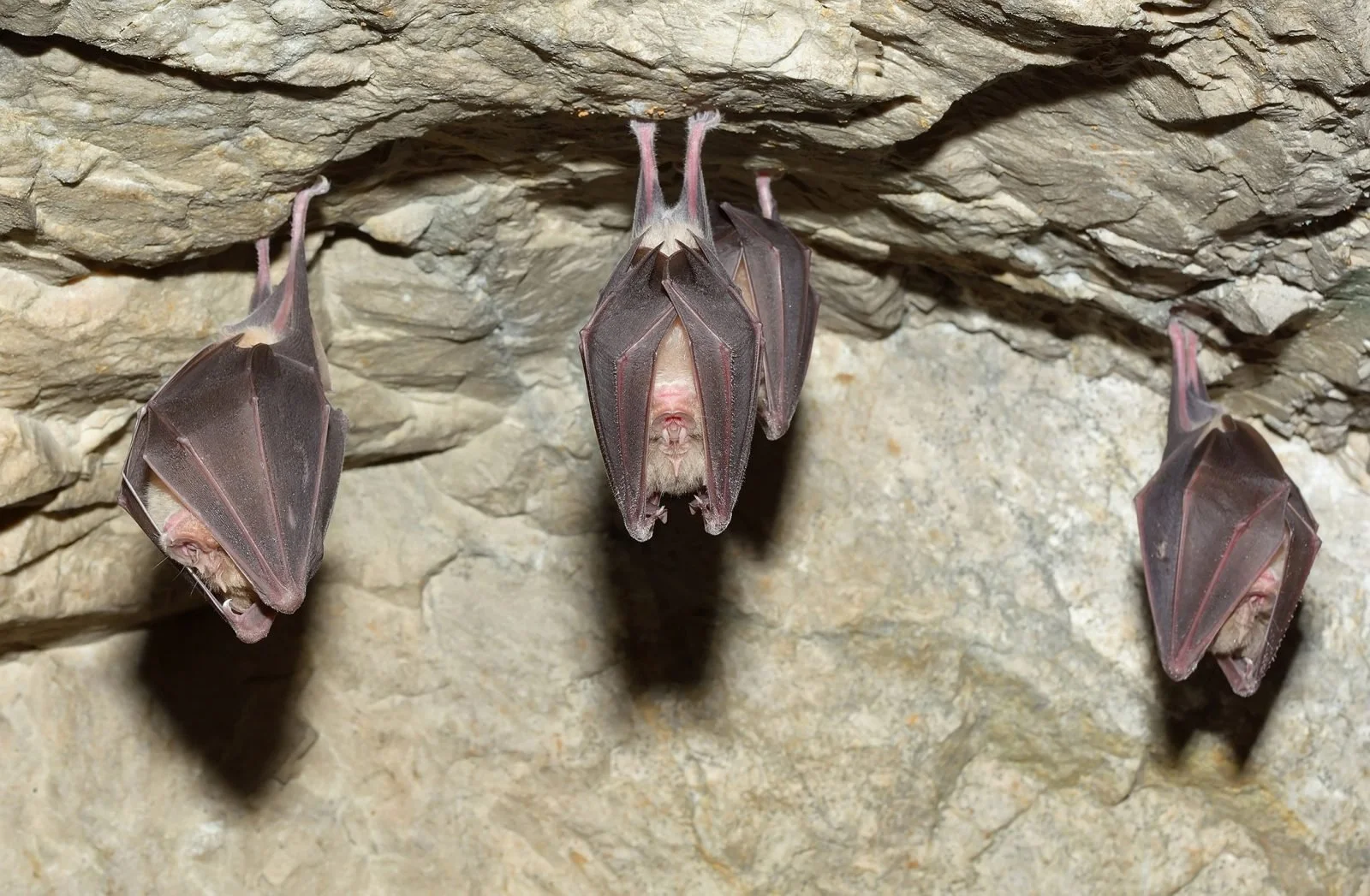Considering Bats in Planning Decisions: How Ecologists Can Help
If you’ve ever been out in your garden at dusk in the summer, then you may have been lucky enough to have seen (and heard!) a bat or two flying around looking for some dinner. They truly are magnificent creatures, and in the UK alone we have 18 species of bats, 17 of which are known to breed here.
Bats roost in many areas, whether that be trees and hedgerows or manmade structures and buildings. As such, it is important that they are considered in the planning of a new building development to ensure that they won’t be negatively impacted by the project. Read on below as we discuss why it’s important to consider bats in planning decisions and what ecologists can do to help.
Are Bats a Protected Species?
Yes, all bats species found in the UK are protected by law, which stipulates that it is illegal to disturb any bat when it’s roosting or to kill, injure or handle a bat without a licence.
The reason bats are so protected is because they play an important role in many habitats, with some tropical plants depending on bat species to pollinate them. Additionally, they help to control insect levels, while some bats are also ‘indicator species’, meaning changes to these bat populations can indicate changes in aspects of biodiversity.
Not only that, but these laws have been put into place to protect bats due to the fact that their numbers have declined significantly over recent decades.
How Planning Developments Can Affect Them
Before carrying out any building works, it’s important that you check for the presence of bats nearby, since their presence could impact how your work is done. Depending on the situation, this could mean that a number of things, such as:
- Carrying out work at a particular time of year
- Avoiding particular materials
- Reducing the amount of lighting being installed
- Creating access points for bats
Legislation dictates that any structure or place used for shelter by bats cannot be damaged or destroyed, which can also impact proposed development plans. If your proposed plans are likely to affect bats, then you must apply for a bat mitigation licence.
What Can Ecologists Do?
If there are signs that bats may be present at your proposed development site, then a bat survey must be carried out. This is where ecologists come in. Since it’s illegal to disturb bats in a roost, an ecologist holding a Natural England licence must be the one to complete an inspection if there is risk of bats being present.
Such inspections are conducted with the purpose of not only determining whether or not bats are present, but assessing the appropriate and effective methods that must be taken to enable a project to move ahead with development without causing them any danger or disturbance. The outcome of this survey should then be submitted alongside your planning permission application.
Here at Lizard Landscape Design and Ecology, we have a team of experienced ecologists who are able to undertake all protected species surveys and mitigation work, including bat surveys. For more information, get in touch with us today.

